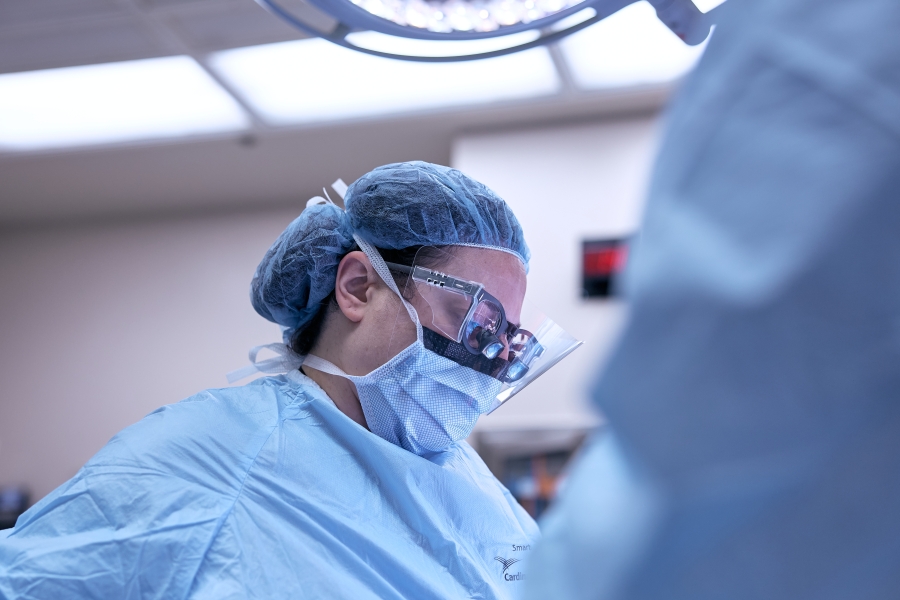It’s a complicated-sounding procedure for a complicated-sounding disease. That’s often how I describe pulmonary thromboendarterectomy (PTE) – an advanced procedure that we use here at Temple to treat chronic thromboembolic pulmonary hypertension (CTEPH).
Let’s start from the beginning. CTEPH is a rare form of high blood pressure in the lungs. It can occur when the blood vessels within the lungs are blocked by clots over time. This can cause many serious problems, including debilitating shortness of breath, right-sided heart failure, and death.
In most cases, we can use PTE surgery to treat, and often cure, this problem. Temple recently performed its 300th PTE surgery, a procedure that is only offered at a handful of U.S. hospitals. This milestone was accompanied by the publication of our PTE data in the Journal of Cardiovascular Surgery.
During PTE surgery, a patient’s chest is opened so we can reach the heart and lungs. The surgeon then makes a small incision in the pulmonary artery – the main blood vessel to the lungs. To safely and completely clear the artery and remove the clot, we place patients on a heart-lung machine and cool their bodies, which put them in a state of hibernation. This makes it safer for the surgeon to then use specialized tools to gently peel the clots away and reopen the blood vessels.
Temple’s 100th PTE surgery is a notable milestone for our program, which is now the busiest in the Eastern United States. Our published data shows a 96% survival rate, a 70% decrease in pulmonary vascular resistance post-PTE, and great improvements in heart function and quality of life. For our patients, the improvements they experience after surgery are life-changing.
Our program’s success is owed to the collaborative efforts of our dedicated and highly specialized Pulmonary Hypertension team. We are proud of our team, and for the patients we have helped in our program.
*This blog was updated on August 5, 2021, to reflect the accurate number of PTE surgeries performed to date.


